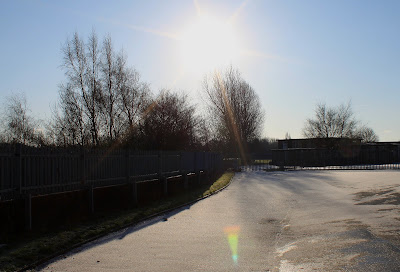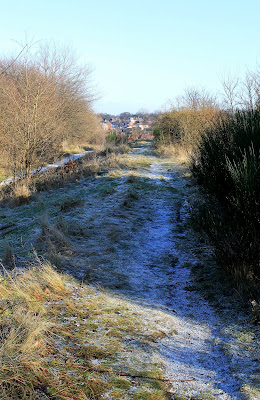DIY diary - window repairs are a pane!
Jan 2010
The Beatles sang their hearts out about fixing a leak where the rain gets in, and how it stopped their minds from wandering.
I spent several hours the other Saturday doing just that - fixing leaking windows which have been letting in water in increasing quantities.
Fixing a hole where the rain gets in!
It started with a steady dribble from the back porthole on the starboard side, which I resolved by removing and re siliconing it just before the winter set in. The results were immediate and not a drop has reached the rammakin dish placed strategically beneath it.
Sadly, leaking windows seem to be contagous, because no sooner had I fixed the one at the back than the two big windows in the starboard side of the saloon started to erupt. The second one back was so bad that I would arrive to find a veritable river delta accumulating, running back to pond next to the loo. Then the front one started up, saturating the curtains which started to go mouldy. Time for serious action.
I feel a bit guilty because I took a short cut when repainting the boat, and didn't take the windows out. I thought is would be a huge job and was nervous of undertaking such a destructive act on the boat. I was worried that if I touched them they might start to leak!
Top Tip - take windows out when you repaint a boat - it's short sighted not to.
The point of ingress wasn't obvious, so I desided to take direct action by completely removing the frames, painting round the openings (like I should have three years ago) and then bed them back into a thick layer of silicone sealant. In the event this proved to be a remarkably straight forward job, with the windows unscrewed on on the bank within 45 mins, and after a coat of paint, they were back in place before I left WB three hours later.
One small snag is breaking them out of their old silicone beds. I prized them out using a large flat screwdriver which was effective, but I did bend the aluminuum frames in places. No matter, the Cauldwell windows are robust and a few taps with a light hammer restored them to their former shape.
The one thing that continues to puzzle me is why three out of four windows on the starboard side have all failed, but none of the port. It could be that the fitter has a bad hair day when he worked on that side, but I wonder if it may be attributable to the fact that the starboard side normally faces south, and therefore is more prone to expansion and contraction in the sun? It wouldn't surprise me if the boat changes shape at a different rate to the glazed windows and, over time, if this slight differential movement breaks the seals? Does anyone out there have any insight into such matters?
Cupboard self portrait
Anyway, whilst I was waiting for the paint to dry I fitted the new cupboard over the basin, and very nice it looks too. The shower room project is way behind schedule, but who cares!
So, you see the Beatles were wrong. I did fix a leak where the rain got in but nothing could stop me from wandering - particularly aboard a boat called Wand'ring Bark. I guess that I am just a curious fellow.










































